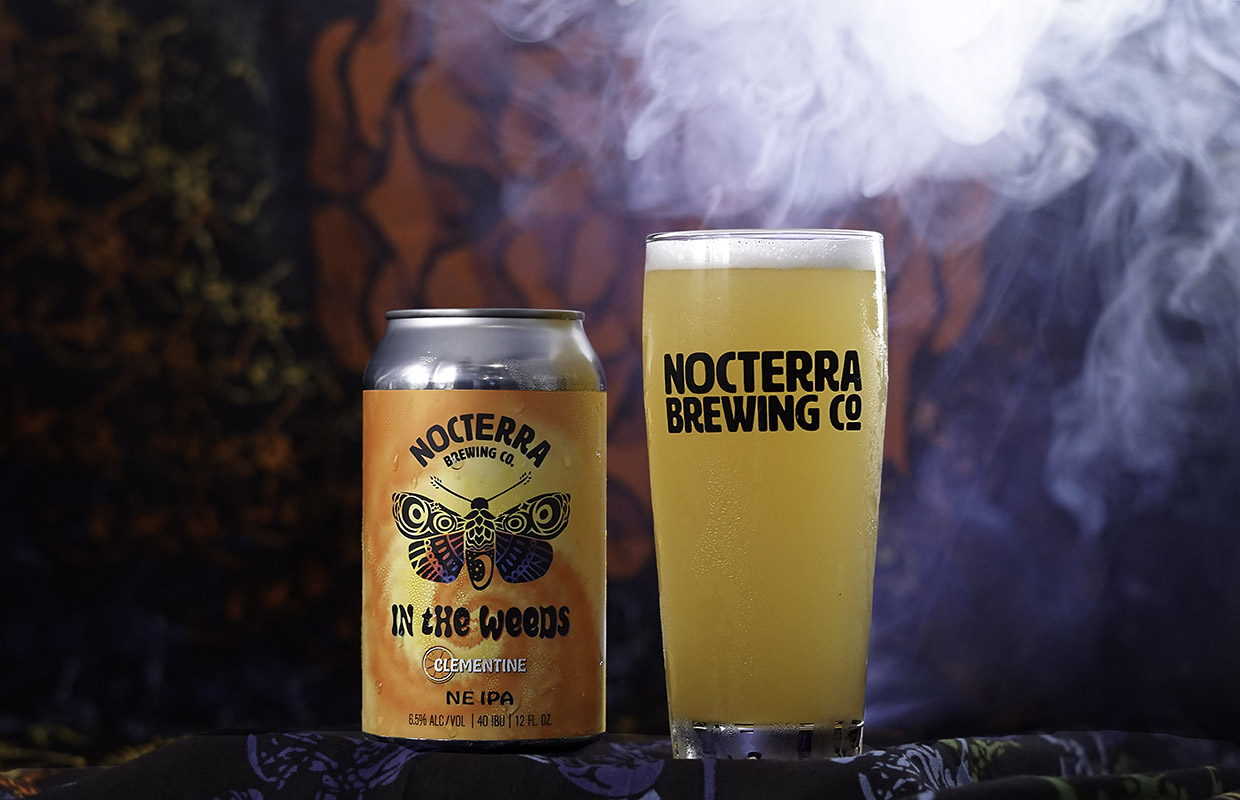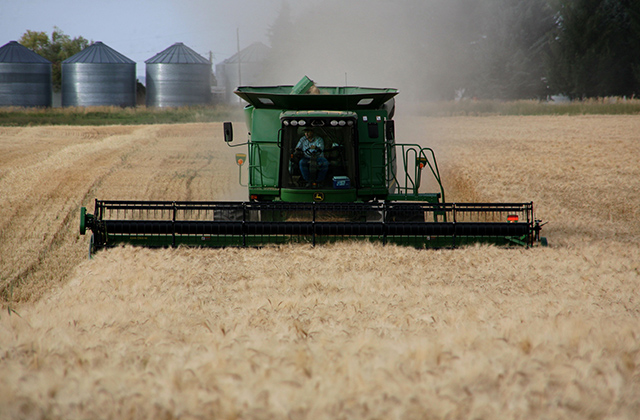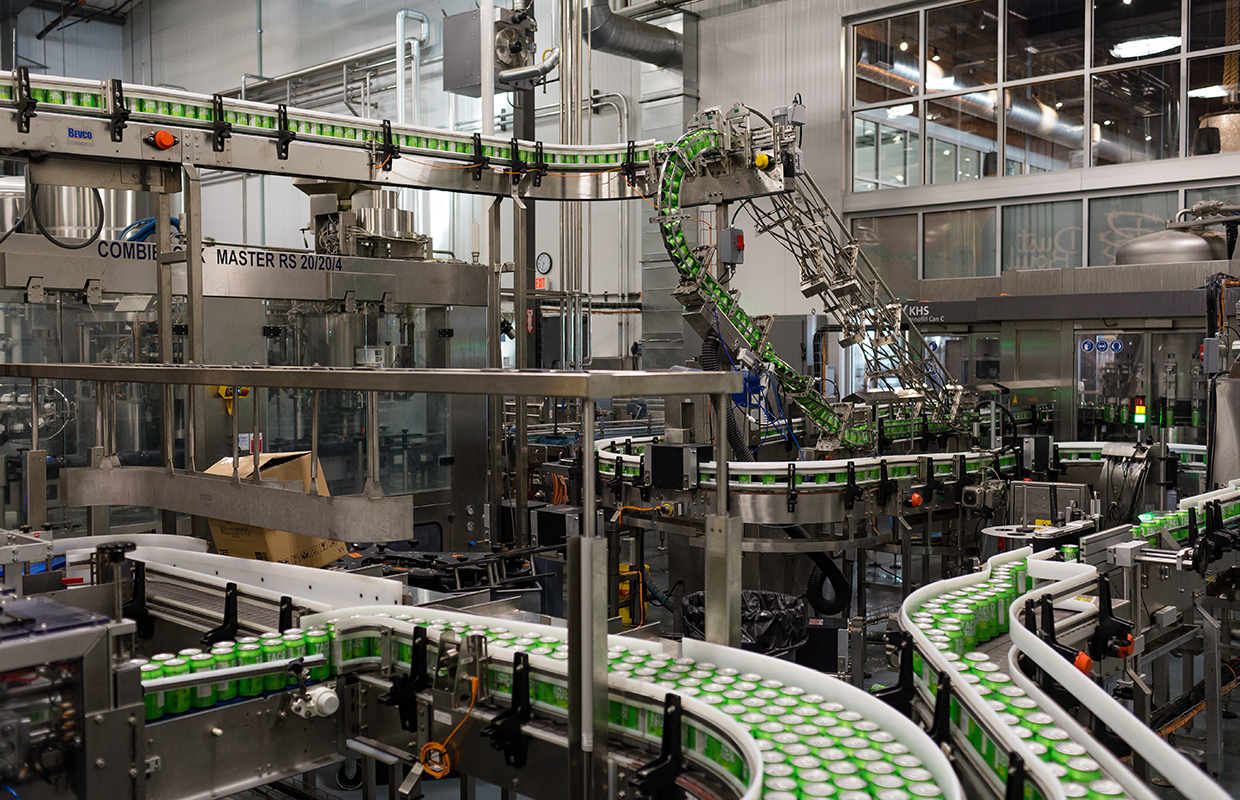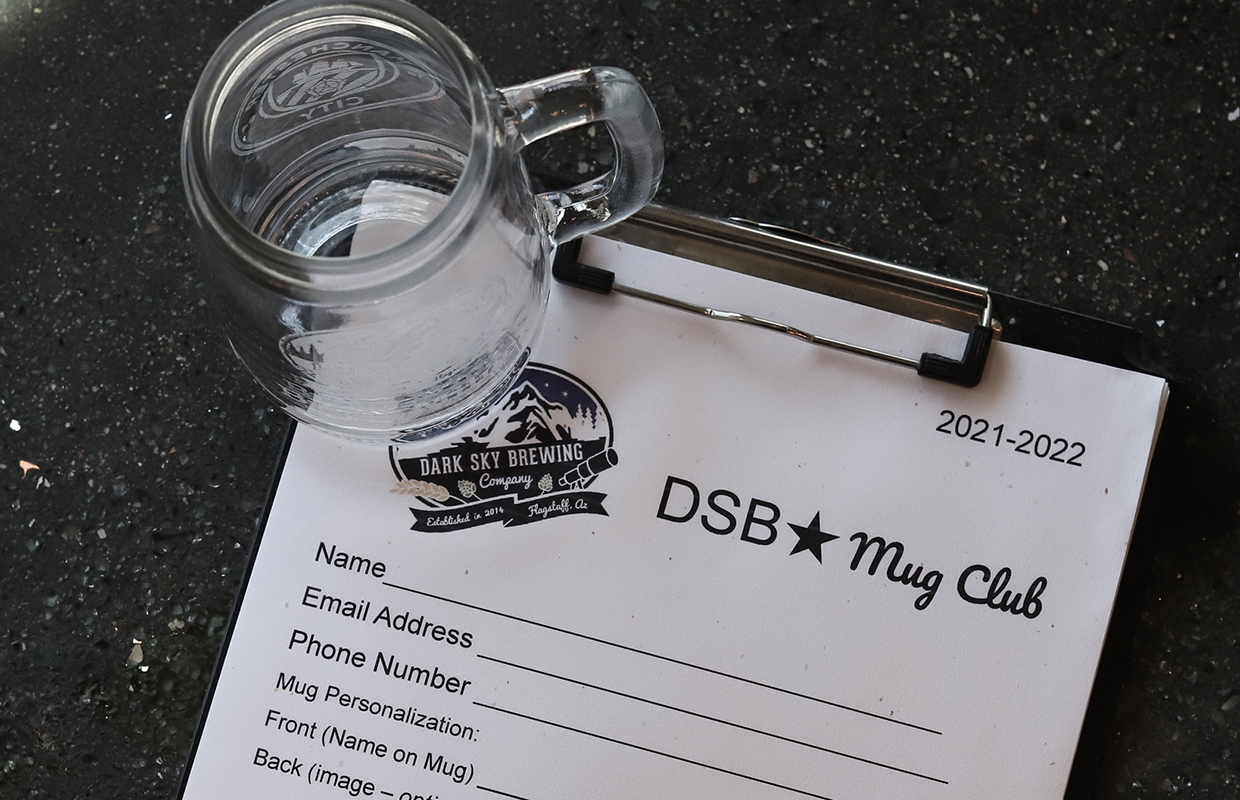
Through recent trials and experimentation of trying to utilize more thiolized yeasts versus just using Phantasm or hops with thiols, breweries across the country are still working out what they like and don’t like when it comes to using these new-breed fermentation methods.
Nocterra Brewing‘s Bruce Vivian said they have used both Cosmic Punch and Helio Gazer to great success while they are working on trials of London Tropics. A recent brand, In the Weeds, employed use of these types of yeast along with cannabis terpenes.
“They currently have been used, from what I have seen, to make hugely flavored beers,” said Vivian, the Powell, Ohio brewery’s co-owner and brewer. “I think they could be really greatly used in more subtle simple beers. That’s what I am trialing now.”
For Twin Oast’s Will Daniels, he said the Port Clinton, Ohio brewery has used the Omega brands as well, including debuting a new Double NEIPA called Heavy Giant recently.
“So far, from my experience, both of the thiolized strains we have used performed just like any other yeast,” Daniels said. “As long as the brewer has good yeast management practices and an understanding of the biotransformation process there shouldn’t be any tips or tricks needed to achieve success with these strains.”
BREWER: What was your perception of them before using it and how did your thoughts/expectations change after using them?
DANIELS: My initial perception was the advertisement of these strains as thiolized was a clever marketing ploy. After using them we found that there is indeed a common profile between the two strains we’ve used which I would attribute to them being thiolized.
VIVIAN: We really like them for some products but not all. Some of the flavors produced can clash with certain hop flavors. Both [Omega brands] produced in our beers a huge tropical fruit flavor that melds really well with a lot of Southern Hemisphere hops (Nelson, Motueka, Waimea) but for us they didn’t not work for something more citrus forward or dank (Citra, Mosaic, Columbus).
BREWER: Are there any technical challenges or tips you have for using a thiolized yeast for someone that hasn’t used it yet?
VIVIAN: It’s pretty straightforward to use and as easy to propagate as any of their parent strains. Learning how to tailor IBU with things like mash hopping had its challenges but we figured it out pretty easily.
BREWER: What do you feel are great complementary hops that go with these yeast strains? How does it change the profiles you are used to?
DANIELS: Many New Zealand hop varieties complement these strains quite well as the yeast itself produces characteristics similar to what you would expect from the profiles of these hops. I would also recommend utilizing cryo hops and any hop high in 4MMP or 3MH content. One profile change I’ve noticed is that of an underlying green grape character which seems to be a common theme between both of the thiolized strains we’ve used so far.
VIVIAN: Southern hemisphere hops work great. We trialed it in one of our core NEIPA Beta Flash and it really changed that beer almost unrecognizable but not in the direction we wanted to take that brand
BREWER: What flavors/aromas did you expect … and didn’t expect from using these strains? How did you use them to your advantage or have to alter the idea of its use?
VIVIAN: As per the manufacturer grapefruit, passion fruit and guava are their listed flavors. We were hoping for the grapefruit flavor but they present way more guava and passion fruit so we have used them to better add flavors that compliment tropical fruits.
DANIELS: Based on what I had read about these strains I was expecting an intense Sauvignon Blanc character as well as guava, grapefruit, passion fruit, and all the tropical notes you would expect to achieve through biotransformation. Using this knowledge to my advantage, I decided to utilize hops I thought would accentuate and intensify these characteristics.
BREWER: Do you have any ‘out of the box’ ideas for a thiolized yeast that you want to share?
DANIELS: With both of the thiolized strains we’ve used so far, we stuck to our traditional brewing methods so we could see exactly what these strains have to offer. Moving forward, I would like to experiment with mash hopping and Phantasm powder to see what those methods lend to the overall profile of the beer. Not necessarily an outside of the box idea to the industry as a whole, but definitely an outside of the box idea as it pertains to our particular standard operating procedures.






Be the first to comment